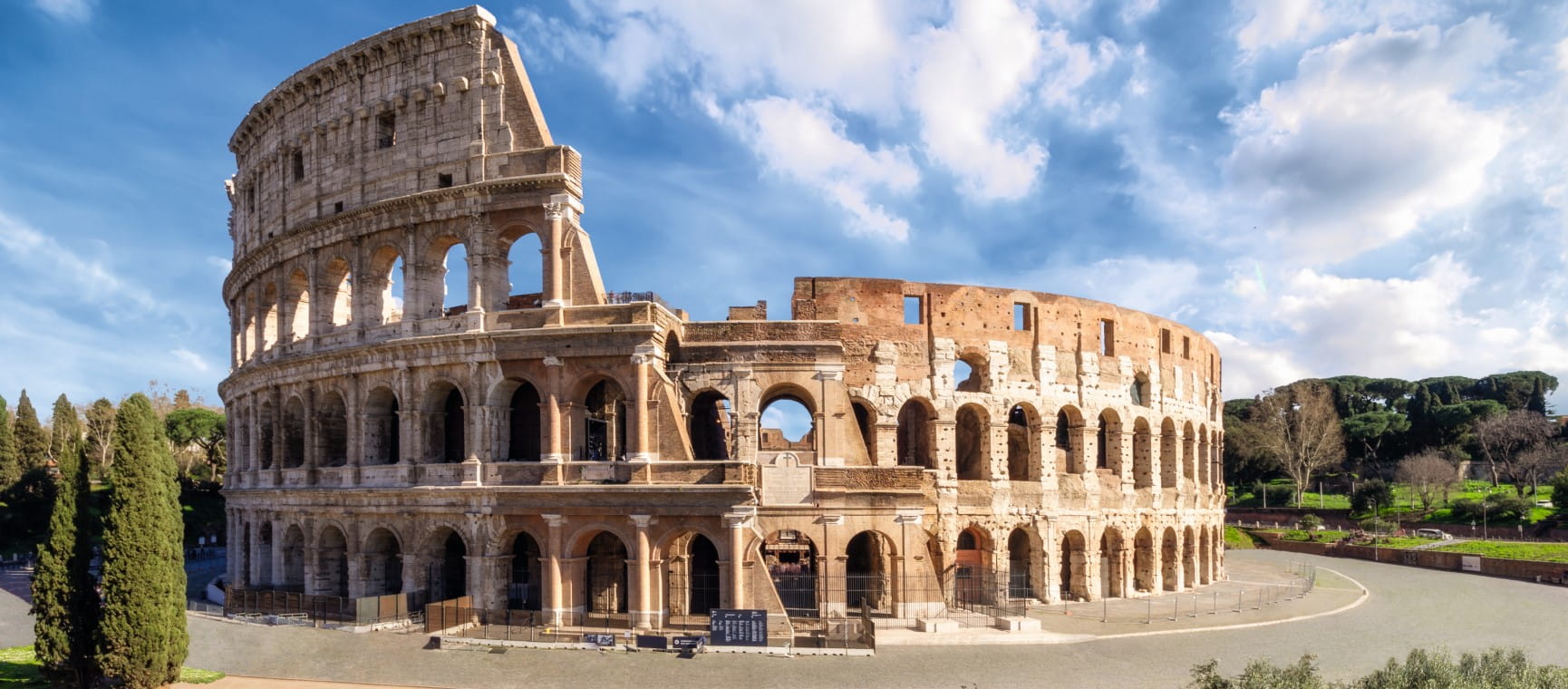
History waits for you on every cobbled street corner in Rome.
Here, a Gian Lorenzo Bernini statue; there, the Forum. Across the road, an ancient temple, converted into a Catholic church.
On the wind, the bells of St Peter’s Basilica, and a rush of black-clad priests scurrying past you across the Piazza.
The past is so close you can touch it, see it, hear it: not for nothing is this the Eternal City.
The last time I was in Rome there was a conclave to elect Pope Benedict XVI’s successor. On 13 March 2013, I stood in a tense and rain-swept St Peter’s Square. The puffs of smoke emerged from a chimney on the Sistine Chapel – first in black and then in white when a decision had been reached.
Then, the new Pontiff stepped out on to the balcony and the white-clad figure was revealed as Jorge Mario Bergoglio (who chose the papal name Francis).
The news spread at speed through the crowd, just as it would have done at hundreds of papal elections before.
That is Rome: full of drama at every turn.
As an arts writer, I’ve spent a lot of time here. Often I think the city is too frenetic, and I long for the more sedate pace of a northern Italian city.
Then something brings me back and I will remember how much I love its passion, how it pulsates with life and with big architectural set pieces, such as the Baroque Trevi Fountain, the domed Pantheon, and the theatrical Piazza Navona.

If you’re following in the footsteps of the gladiators, then a visit to the Colosseum is the obvious starting point. Completed in 80AD, 65,000 Roman citizens would flock here to see battles, executions and re-enactments of famous Roman victories.
But there are many lesser-known vestiges of those times, including The Temple of Hadrian. Its ruins, and 11 of its Corinthian columns, were incorporated into the palazzo that is now Rome’s Stock Exchange. Visitors can enjoy an immersive projection that brings to life the city’s past.
Most tourists are drawn to the Vatican City to visit St Peter’s Square and Basilica. If you want to see the Pope, head there on a Wednesday morning after 7.30am: he holds a ‘general audience’ at 9am and you can get tickets from the Swiss Guards.
Aside from St Peter’s, the only internal part of the Vatican you can see is its museums, home to one of the world’s greatest artistic achievements, Michelangelo’s Sistine Chapel murals and ceiling.
But another way to get inside the Vatican walls is to take a ride on the motorised train tour of its gardens. Book through the official Vatican Museums website, not via touts.
Away from the Vatican, San Luigi dei Francesi is a Baroque church between Piazza Navona and the Pantheon, and is home to three works by Caravaggio.
Art here is not confined to galleries.

It may be the city’s centre but Campo de’ Fiori feels like a neighbourhood. Meaning ‘field of flowers’, there’s a market here every day except Sunday, where locals mix with tourists and the stalls are a riot of colourful veg. Dotted around the piazza are cheap and cheerful places to eat.
Round the corner on the Piazza Farnese, look up to see the glorious roof garden at the Santa Brigida church – the Swedish National Church of Rome. You may also spot the Bridgettines, its nuns, in their trademark helmet-like headgear.
From here it’s a lovely walk across the Tiber to Trastevere, Rome’s bohemian quarter, where the Piazza di Santa Maria bustles all night, and activities of the church spill out on to the square. The central fountain is said to be the oldest in all of Rome and is an ideal spot for people-watching, gelato in hand.
Rome boasts some of Italy’s best ice cream: buy from kiosks, not the cafés.
Eating is as central to Rome as sightseeing. On Via Pannonia, the Ristorante Romolo E Remo is packed with locals. Enjoy dishes such as baccalà (salted cod, first imported from Norway after a ship got blown off course in the 15th century), and Coda alla Caccinara (oxtail stew).
In Trastevere, everyone eats outside. It’s a great vibe, with fairy lights and musicians. My go-to dish is pasta carbonara, which washes down well with a glass of local white wine from Lazio.
L’Eau Vive, near the Piazza dei Caprettari, has a more eclectic menu, with international dishes as well as pasta and pizzas. The restaurant is run by a religious order and a highlight is when diners are asked to hush for evening prayers mid-way through the meal.
When in Rome…
Take me there: Rome
Savour every flavour of bella Italia on Saga’s two-week Grand Tour of Italy - from Venice to Sicily tour, from the cultural highlights of the north to the carefree coasts in the south.

Every issue of Saga Magazine is packed with inspirational real-life stories, exclusive celebrity interviews, brain-teasing puzzles and travel inspiration. Plus, expert advice on everything from health and finance to home improvements, to help you enjoy life to the full.
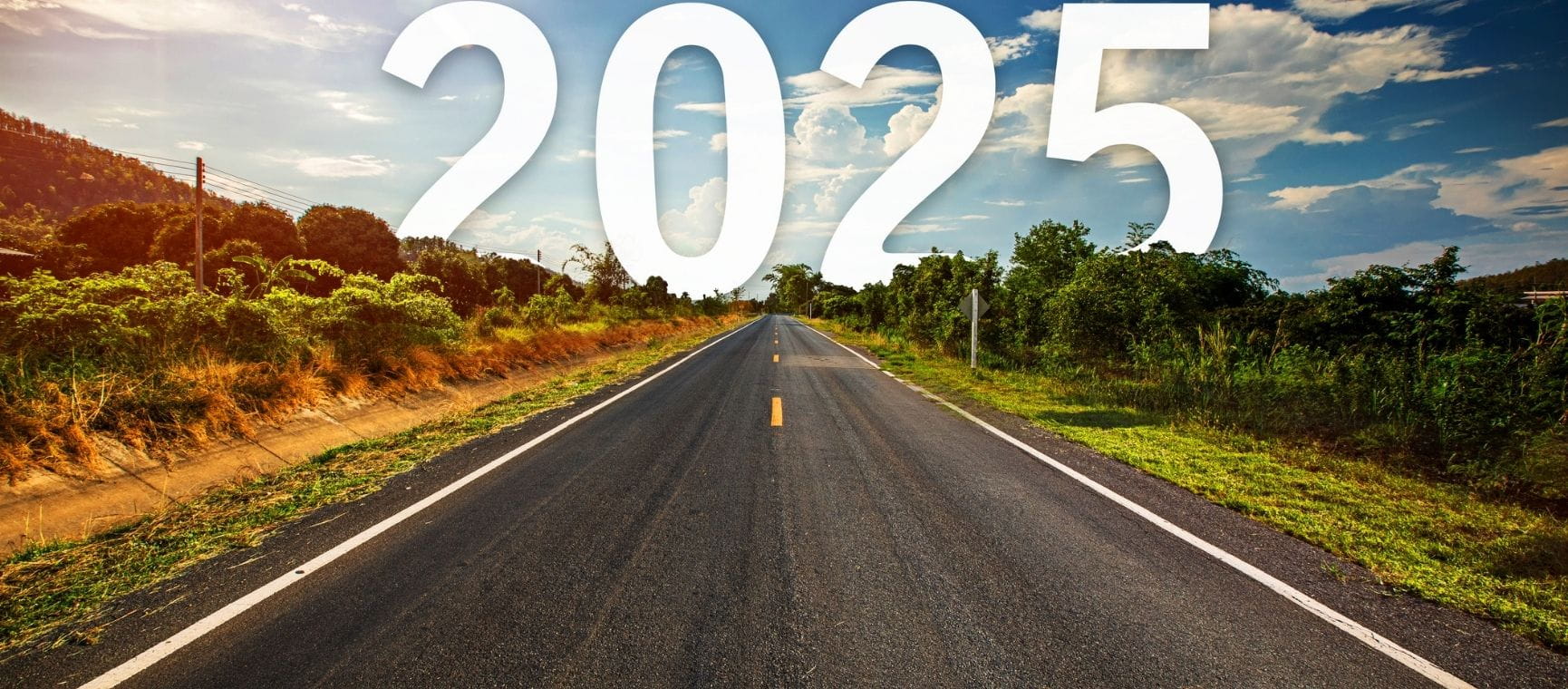
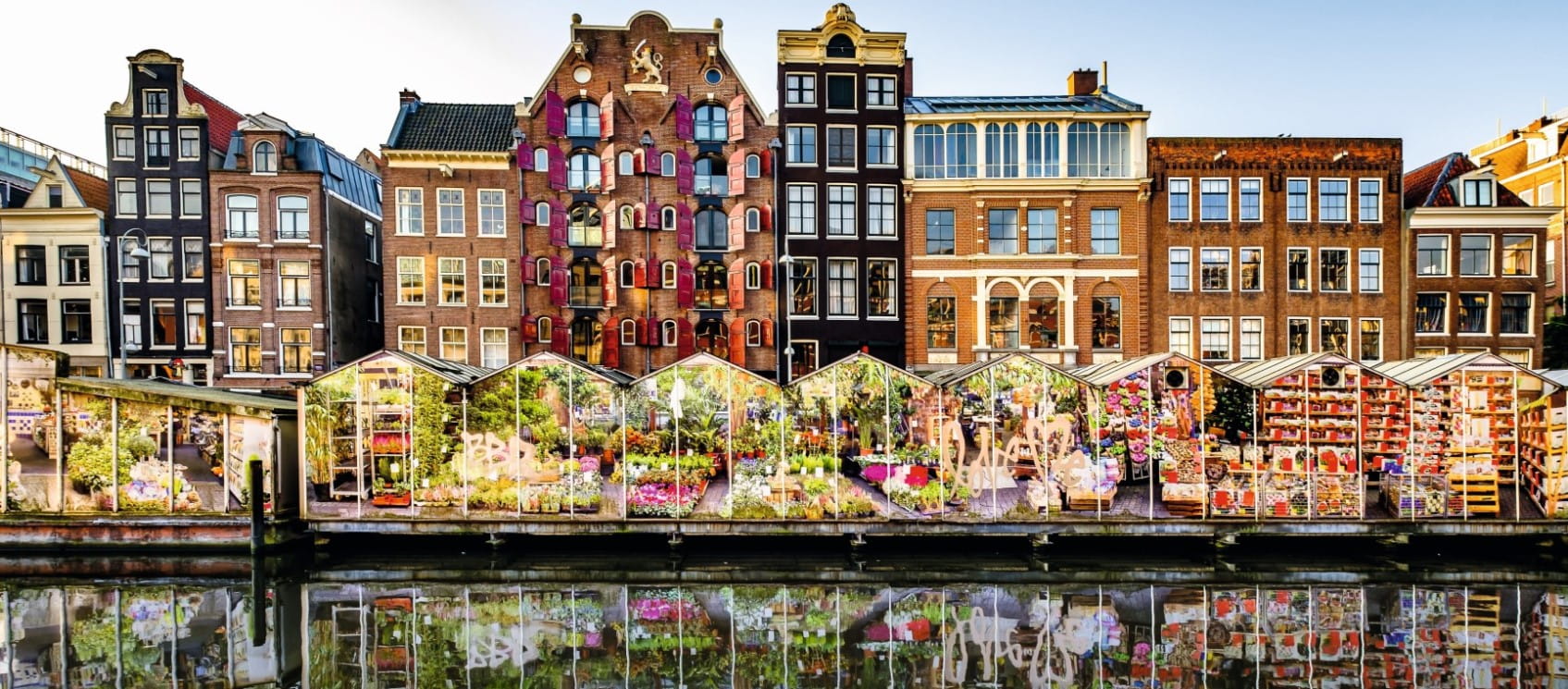
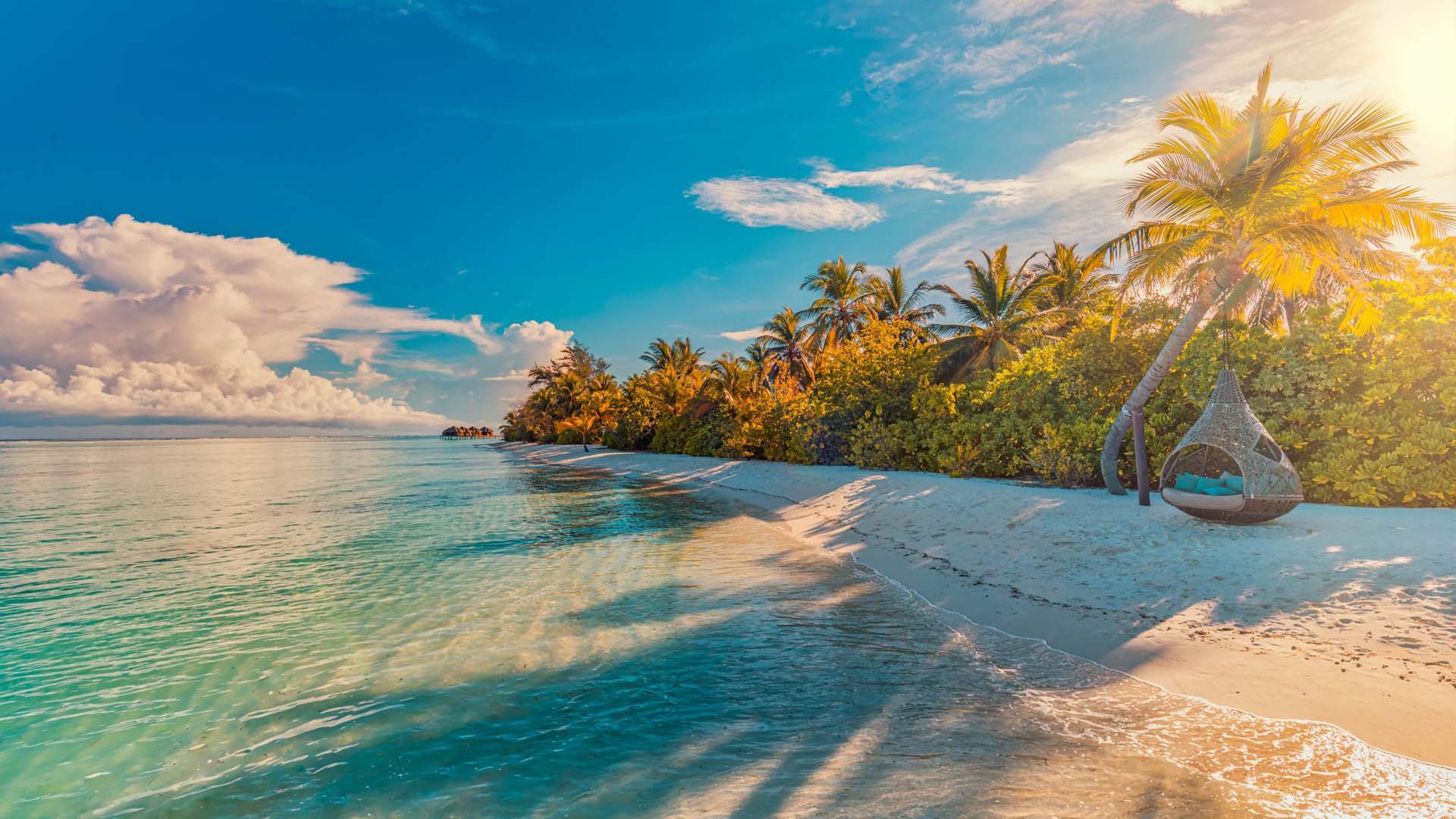
Whether your perfect beach holiday is just sun, sea and sand, or if you like a bit of sightseeing, shopping or snorkelling thrown in, one of these might be your ideal destination.

Jetting off to Italy’s ‘Eternal City’? We reveal the best places to visit in Rome, from ancient temples to al fresco dining with a view.
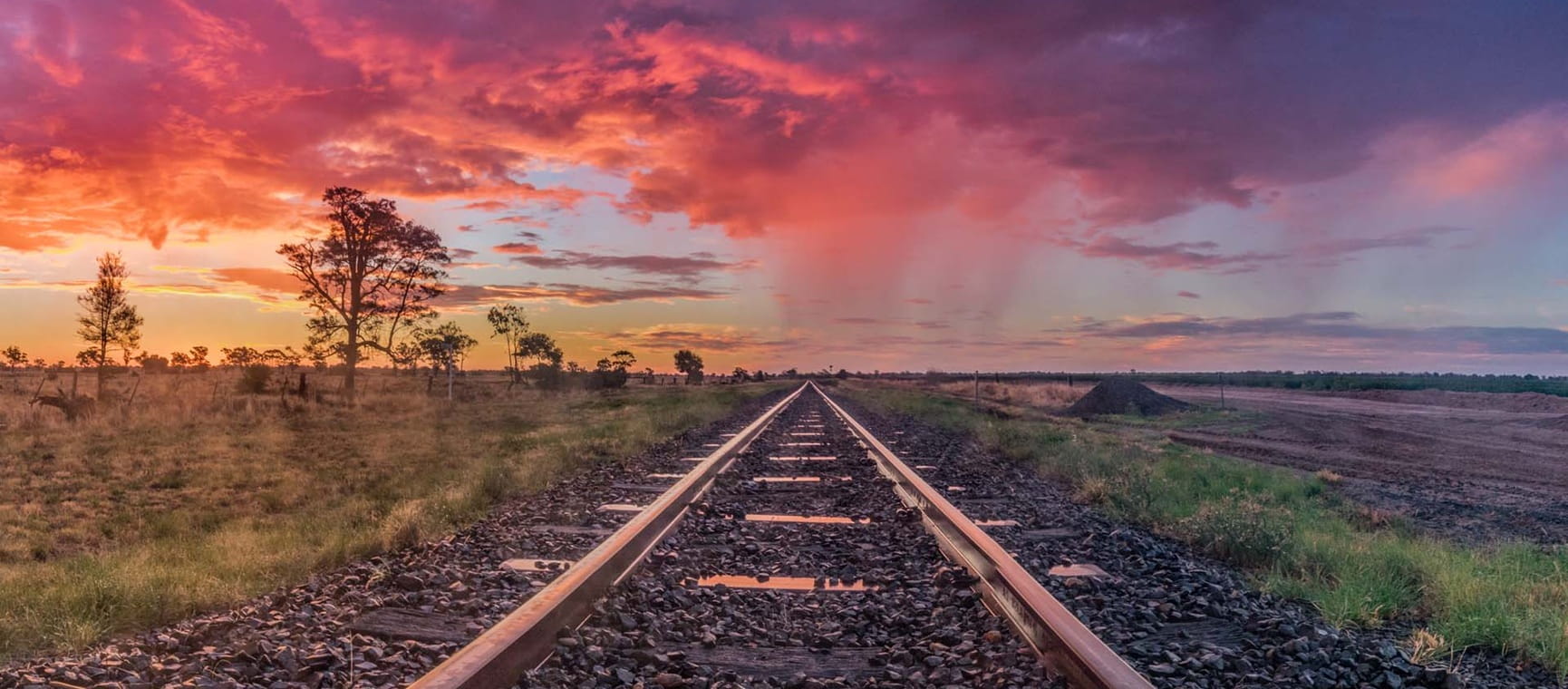

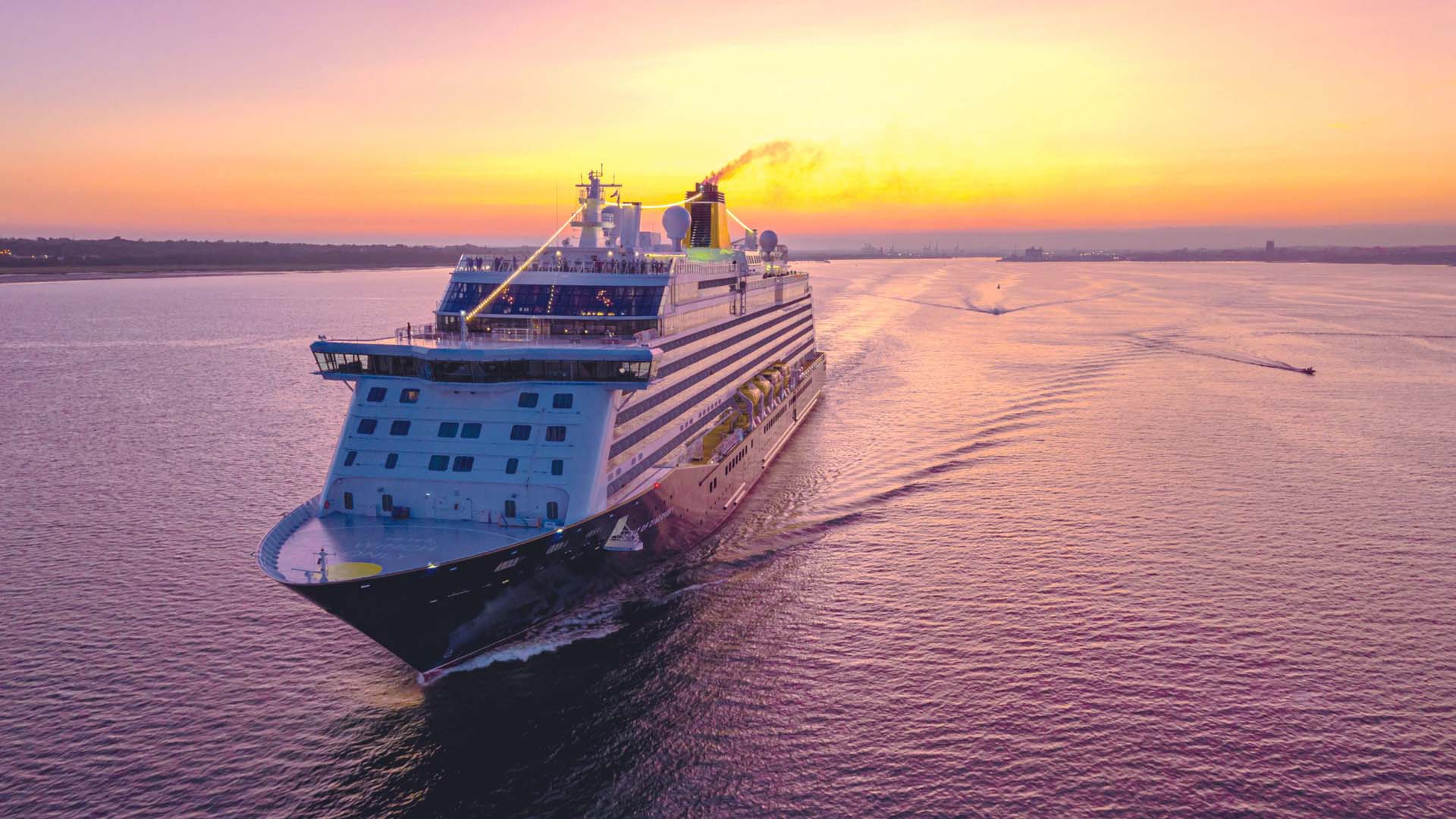
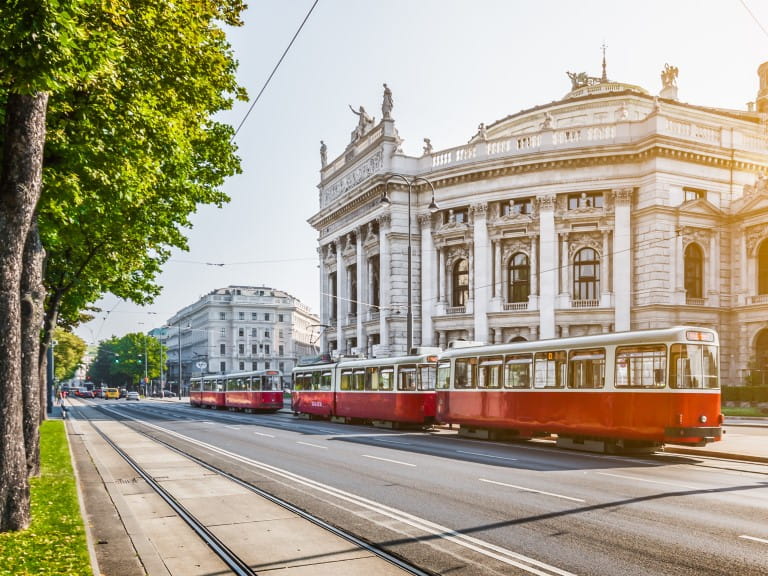

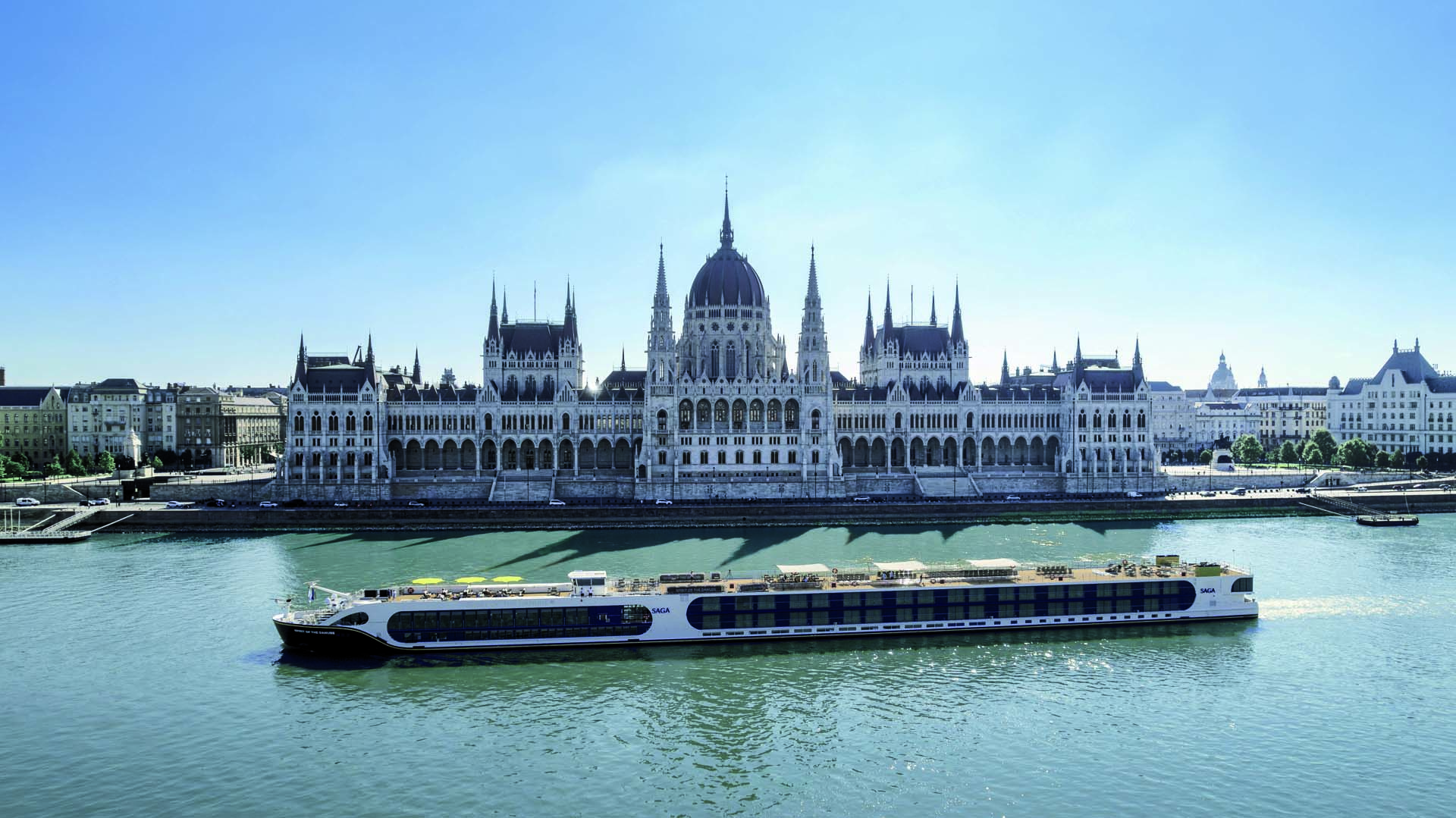
A different destination every day - why a river cruise could be your perfect summer holiday.
